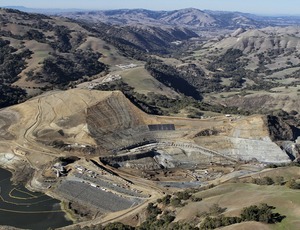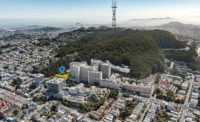
A decade ago, San Francisco's Public Utilities Commission embarked on a bold plan to prepare for the next earthquake or other natural disaster. The resulting $4.8-billion Water System Improvement Program (WSIP) comprises 83 separate projects throughout the Bay Area to improve seismic and delivery reliability, ensure water quality and boost supply.

|
| WADE |
"Being part of a program that has a clear purpose and such a tremendous benefit to the public has been inspiring," Wade says.
With the program 85% complete, tough remaining projects mean WSIP faces "some of its most demanding challenges," says Emilio Cruz, SFPUC assistant general manager. "We are confident that Dan's strong leadership and water infrastructure expertise will enable us to complete this program successfully."
The city manages all WSIP projects in-house and integrates design consultants and contractors to work hand-in-hand with city staff, even issuing hardhats emblazoned with the same team logo to all. That way, "everybody is part of the same team pulling together toward the same goal," Wade says.
The collaboration has resulted in innovations in design, constructibility and project management. At the Hayward Fault Seismic Upgrade, for example, designers combined multiple strategies adapted from other industries to protect an essential water pipeline during an earthquake. Housed within an underground articulated concrete "vault" box, which can flex up to 6.5 ft like an accordion, the pipeline also can rotate via two massive, 72-in. ball joints—the largest ever manufactured. A 77-ton slip joint equipped with pressure- balancing cylinders allows up to 9 ft of compression.
Elsewhere, crews are poised to complete a five- mile-long tunnel underneath the San Francisco Bay seven months early. The design avoids environmental impacts that an immersed pipeline would have created. Unlike other big California public projects, there has been no litigation required to obtain environmental approvals during the entire program, Wade says.




Post a comment to this article
Report Abusive Comment